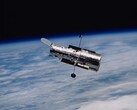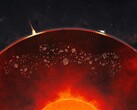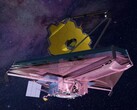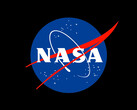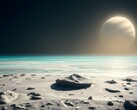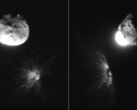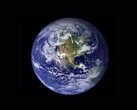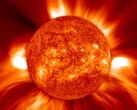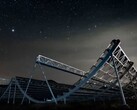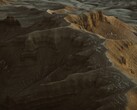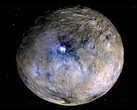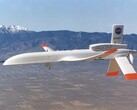The NASA/ESA Hubble Space Telescope has revisited the galaxy called Messier 96. Messier 96 is a spiral galaxy located 35 million light-years away in the constellation Leo (The Lion). It has approximately the same size and mass as the Milky Way galaxy. It is also the brightest galaxy in its group.
Hubble’s images of this galaxy were previously released in 2015 and 2018. But this image offers more insight into the star formation in this galaxy. It shows pink areas on the galaxy’s spiral arms — star-forming regions.
In these regions, new stars are being born, and their light is interacting with the surrounding hydrogen gas. The blue regions also seen on the galaxy’s spiral arms are light from stars.
A characteristic feature of this galaxy, as seen in the image, is its asymmetrical shape and uneven distribution of gas and dust. The galaxy also has a galactic core, which is not properly centered. These three features are possibly the result of what ESA calls a “galactic tug of war.” The gravitational pull of other surrounding galaxies is thought to be influencing Messier 96’s distorted appearance.
The center of the galaxy shows a milky white glow. This glow is formed by the light of numerous stars combined. In the image, dark red dust threads trace around the spiral arms and block part of the central glow.
The image will help scientists understand star formation in giant dusty gas clouds. It will also help them explore how dust filters starlight and the interaction between these stars and their surrounding environment.






